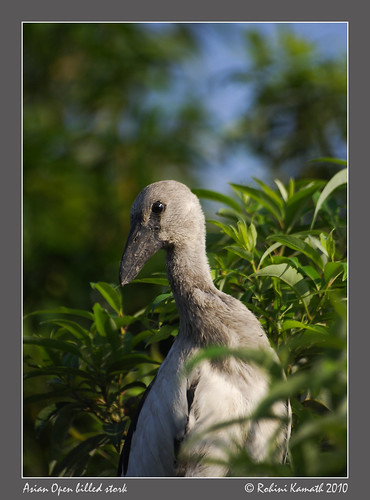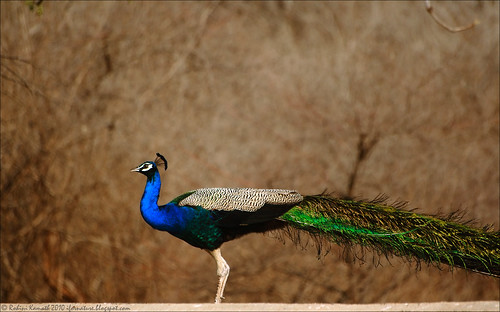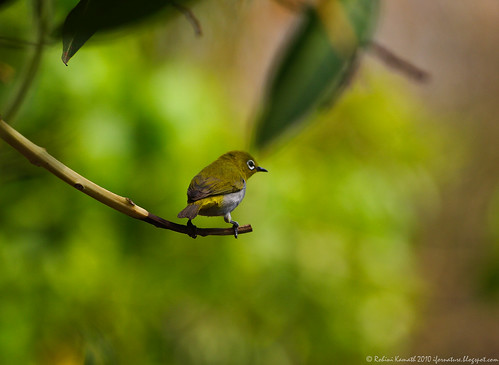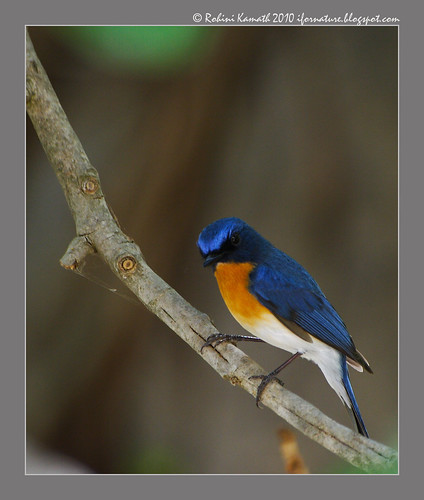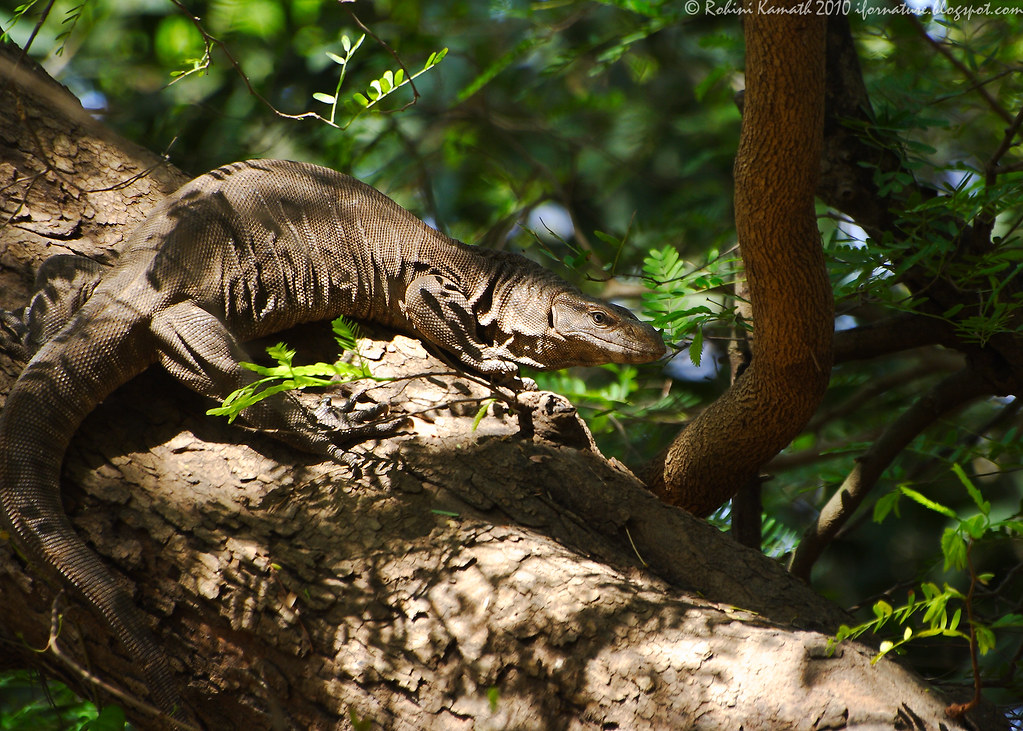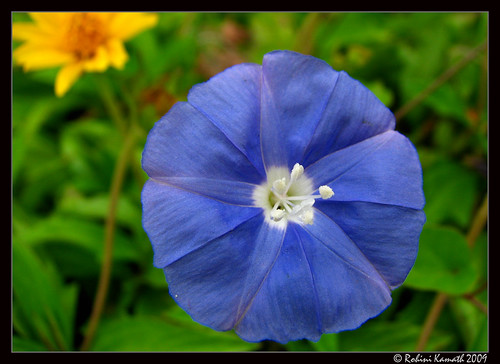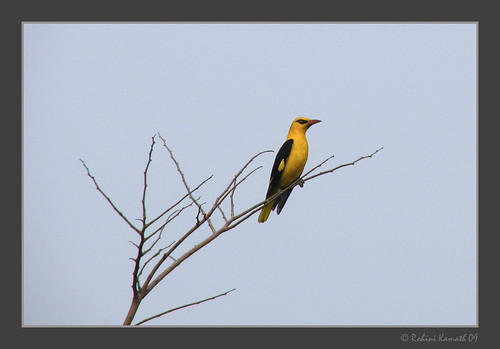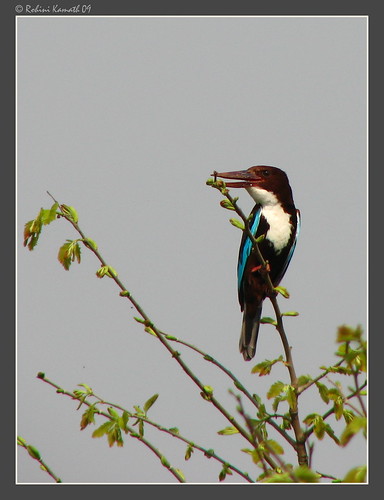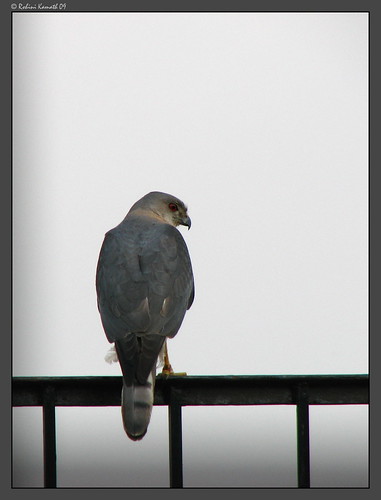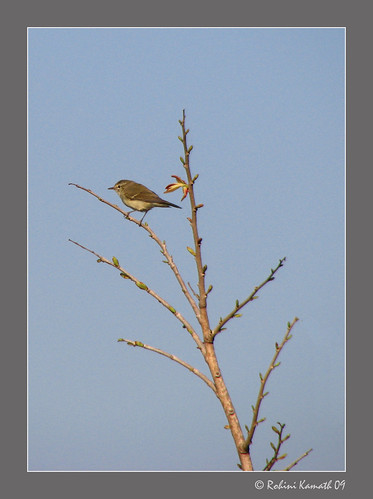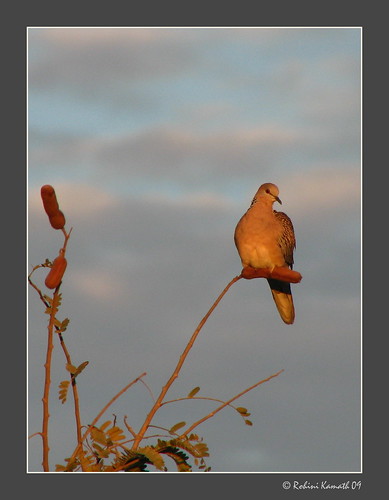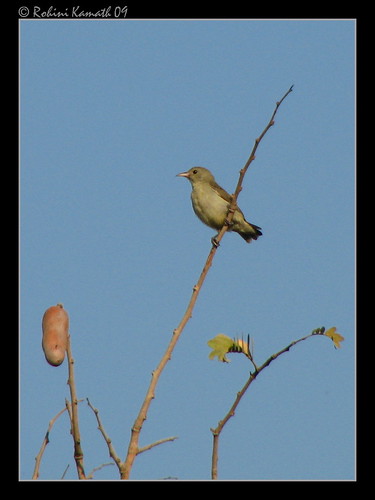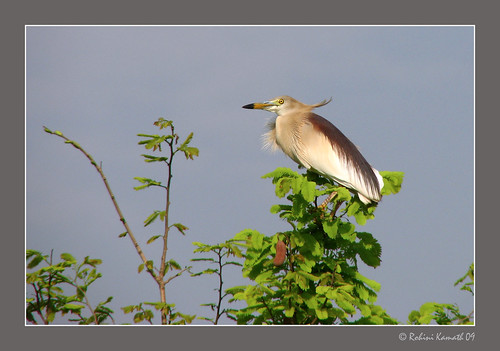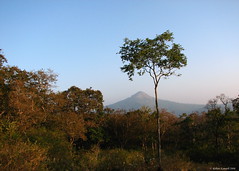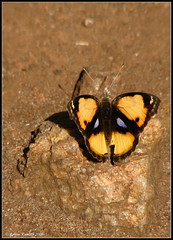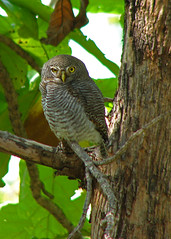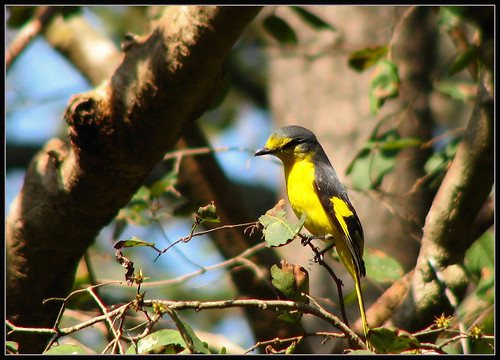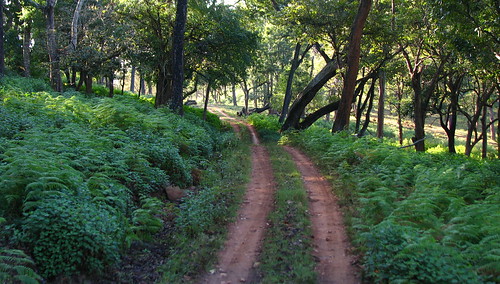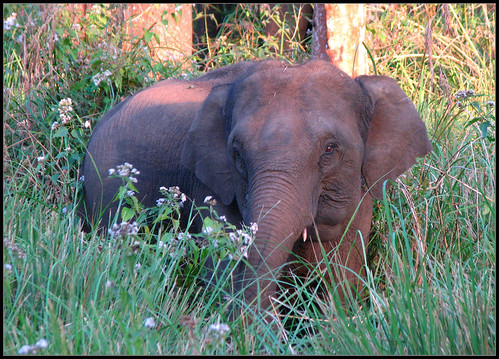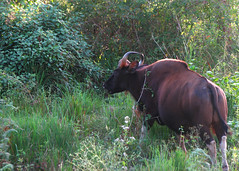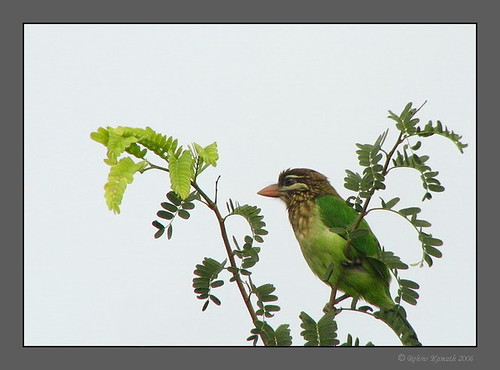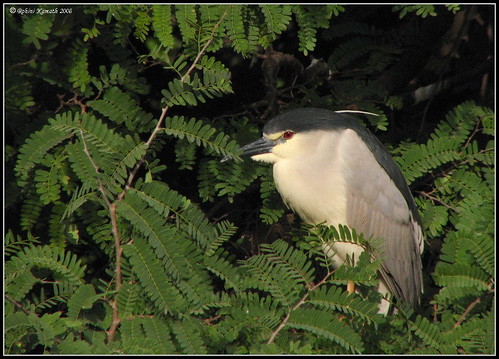
I moved over to the other bedroom window and from there I could get a good view of them ( yes, there were of them ). One sat on the grill as a lookout, while the other picked at a leaf ( they are tough leaves and difficult to cut ). All the while the one doing the picking would give out a soft 'chee' sound periodically. When it was done, it made a 'ti tee ti tee' like sound and the two of them took off with a long green streamer of lemon grass behind them.
This wasn't the first time I had seen a Scaly Breasted Munia (also called Spotted Munia). It was the first time I had heard it though. This has been a daily occurrence since June, there are 2 of them outside the window tweeting away as I type this out. They visit in the morning and in the afternoon.They are nesting in our apartment campus in a Ficus.
Last week there were four of them sitting on the grill near the plant. They are now used to my presence and I was able to open the window slowly and push out my lens between the grills and take these photos.

Spotted Munia Info (Lonchura punctulata)
Spotted Munia are a species of Finch They are native to India. They look quite distinctive so are hard to confuse with other birds. They are sparrow sized. Male and Female look exactly alike. Research says that the male sings more than the female and has a slightly darker head.
Nesting season is June - August ( monsoon ). It seems that the Munias are dedicated builders, they seem to be showing no signs of stopping. I don't know how much longer my lemongrass can take the constant pruning. They must be having the most fragrant nest in the neighborhood.
Spotted Munias are easily spotted in flight by the long green streamers they fly around with as they ferry them back to the nest. Ive seen them nest in Ficus quite a bit. We even had one nesting in a potted Ficus in the Office open air cafeteria. My first sighting of them was at Madivala lake.

Food: Munia eat grass seeds and small insects. They dont seem to like rice grains or mixed dals, because I put a few out and they weren't interested.
 | Are there other Munias ? Yes there are indeed : 1. Red Munia - Avadavat ( seen only once and record photo by K in Manchinbele ) 2. White Rumped Munia - seen in Ranganthittu 3. Silver Bills - seen in Maidanhalli and Manchinbele 4. Black Headed Munia - Seen in Ranganthittu 5. Green Avadavat - (north and central india) very rare and Threatened species. |
Highrise Birding
Living in an apartment building in the middle of the city doesnt mean you are bereft of birds. The Munias are not our only visitors. Other birds that we see on a daily basis from our 9th floor abode:
Large Pied Wagtails
Purple Sun Bird
Bush chat - male and female
Blue Rock pigeons ( these I dont encourage )
Tiny Bats ( we had one as a house guest for a day )
Red rumped swallows
Other birds we've seen from the terrace or on walks around the campus:
Shikra (regular sighting)
Spotted Owlet (regular sighting)
Jungle Myna (not the regular myna, these have a tuft on the beak)
Tree Pie
Kites
1 Peacock - ( I kid you not! )
We saw the peacock a month or so ago, walking on the terrace of the neighboring apartment building. We still cant believe it ourselves. (Checked with people, its not a pet). I also saw a few years ago an egyptian vulture on top of the ITPL building. There is a forested area not too far way, so I'm guessing the peacock, tree pie and the monkeys come from there.

Can I get these birds to visit me?
Certainly, You can grow lemon grass for starters. ( just kidding ).
A bird bath is a good bird magnet. But it will encourage pigeons ( which make quite a mess ) so unless you have a large balcony or terrace, I wouldn't recommend it. Place an earthen ware pot filled with water in a shaded area. Place a stone in the middle ( as an island ) for smaller birds.
The best way is to attract small nectar drinking birds like sunbirds. Plant native species of Hibiscus ( Red, Pink, White) or the Blue Clustervine, Yellow Trumpet or butterfly pea vine and with some luck, you will soon have a few sunbirds drop by.



